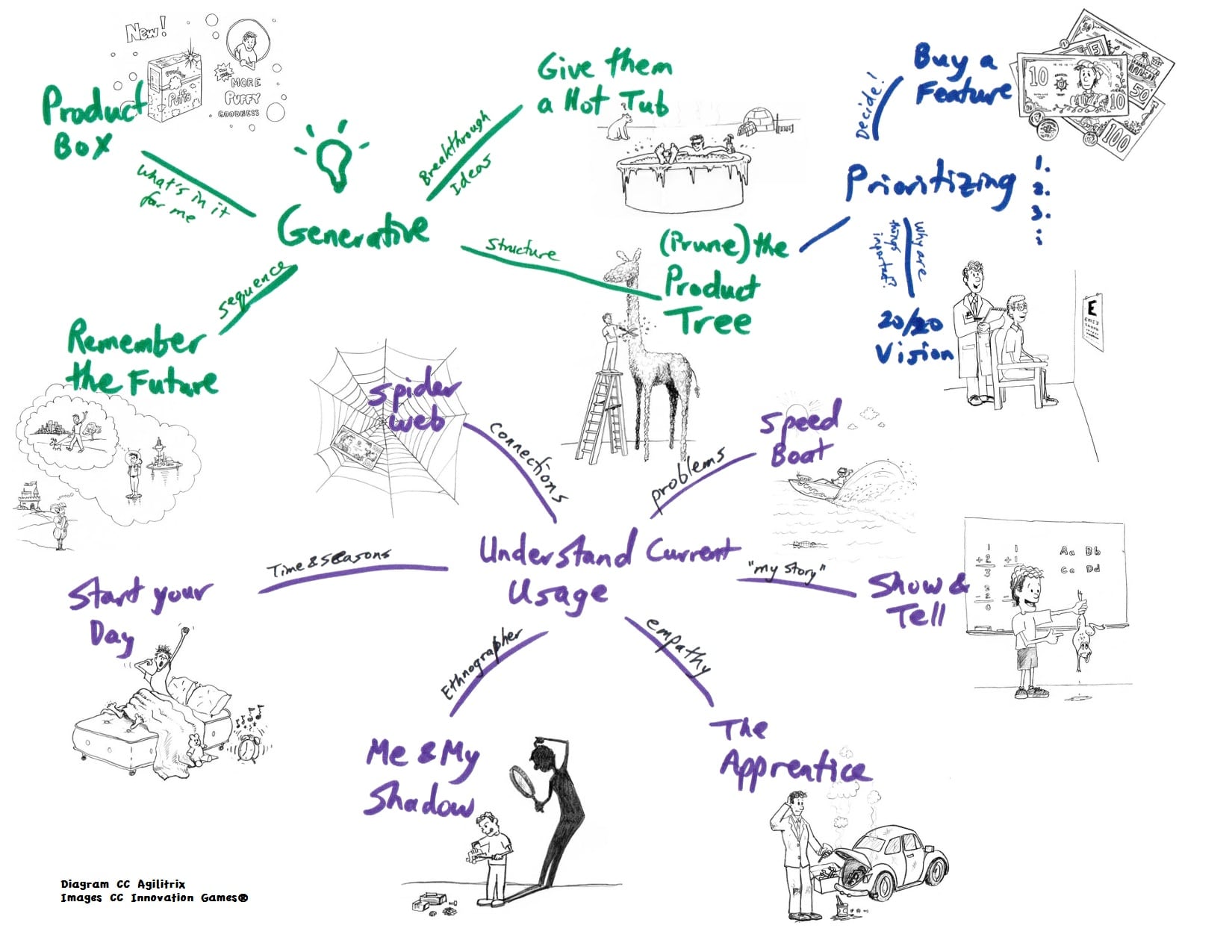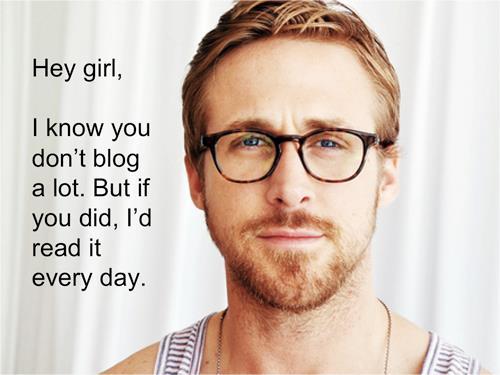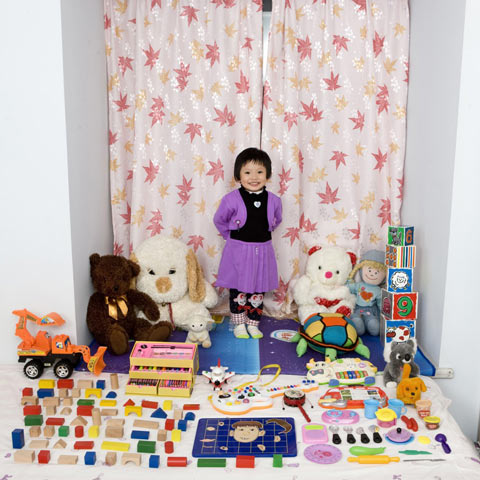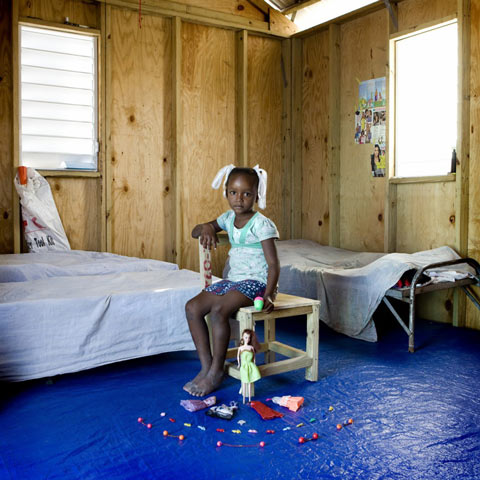Consider:
Like it or not, a growing chunk of our lives are lived remotely, through keyboards and touchscreens. Progressive thinkers like Don Tapscott look at the failings of our current service delivery models and the usage trends of youth and see opportunity. Conservative thinkers like Andrew Keen fear an erosion of self and society.
Those who see opportunity march forward to seize it. Those who fear change put up walls and cling fast to the fading reality of yesterday. If you were to chart this trend out, it would look like this:
Now, look at this trend through the lens of politics.
 The people on the far left
The people on the far left - the innovators - are ahead of the curve, literally. If it's new, they're not only on it - they're trying to do one better. Their
hypomanic edge gives them the drive, the fearlessness and the sheer creative potential to build things that have never existed before. These are the Mark Zuckerbergs, the Steve Jobs' and yes, the Chris Mazzas of the world, roman candles burning in the void, lighting the way forward. These people chafe under restraint, rules, red tape, the yoke of consequence.
They want the freedom to do and if they vote, it's likely to be for whoever gives them space to build their legacy.
These are also the folk that produce dotcom bubble bursts and
ORNGE. Left completely to their own devices, they will fail
the marshmellow test time and again, then use charm, deceit or threats to avoid accountability.
 The people on the far right
The people on the far right - the conservatives - are at the tail end of the curve, trying to wag the dog with their pleas for stasis. They decry change as an erosion of the good world that has been and view Progress as synonymous with the Fall of Man. There is no system to these social laggards, no evolution - just individuals in competition.
They want freedom to be, as they are, and if they vote, it'll be for whoever validates their silo-based world view and leaves them alone.
These are the people who fear not just change, but also difference. Right off the bat, they will view the unfamiliar as threatening; their instinctive reaction to these perceived threats will be to flee or fight. If it comes to a fight, it'll be one to the finish - when you see the world as silos, you see others as alien,
justifying whatever action is required to get the job done. The marshmallow test? Fear will almost always keep them from temptation.
Everyone between these poles, the so-called political mushy middle, are social consumers. Depending on their genetics and life history, they can vacillate between the two extremes, generally looking to strike a balance between the bold, new and risky and the safe, static status quo. They won't want to be left behind, but they won't want to be first out the gate, either. They simply want the chance to participate in a meaningful, rewarding way.
So what does this have to do with e-Government?

The Harper Government is emblematic of Canadian democratic institutions - it rests in the Late Majority phase of the spectrum, increasingly shifting from anything resembling bold towards shoring up its holdings. An exanding amount of public resources are being allocated for that purpose, in fact.
The same holds true of the Private Sector in Canada - hiring is decent on front-line service and widget-building positions but innovation - and as a result, productivity - is lagging. Our social infrastructure is outdated, underfunded and unaccommodating.
Canada is becoming more conservative, which is why we are starting to fall behind other jurisdictions in terms of new potential. As the world changes, it's becoming clear that
the all-eggs-in-one-basket approach is going to fail, yet again,
as it always does.

On the other end of the spectrum are the social entrepreneurs, the engineers of tomorrow's online infrastructure - they are pushing envelopes, diversifying, expanding, churning out new code for consumption. When these folk get the financial traction to turn ideas into products, the people, also known as the voters, are buying it up.
They like the Internet. They like new technology. Increasingly, they want to use new technology and the Internet to access public services, with two caveats - they want it to be efficient and they want ownership of their own content.
At the front-end of this wave are the traditional early adapters, youth - people who aren't voting so much these days in no small part because they don't see their world reflected in the white-wig reality of our outdated political institutions.
How do progressives earn, entice, woo these youth votes? How to they inspire the early and late majorities to hop on the progressive bandwagon? Not by appealing to the laggards with the tribal approach and go-for-the-gut tactics that have fueled the conservative movement federally and in jurisdictions like Toronto - you don't win races by running backwards to the starting gate.
You do it by leading from the front.
 So yeah - e-Government.
So yeah - e-Government.
Progressives need to stop seeing themselves as competing tribes and instead recognize progress itself as a movement that, when they push forward at just the right pace (but not so hard as to burn themselves out), they can lead. This means offering competing visions of what
Canada's Digital Future will look like and developing/beta-testing that future with their own
internal infrastructure. Online,
map-based social service platforms are a good way to go. So too is the
Hub World model frequently found in video games.
These sorts of innovative approaches are fun, bold and by their very nature, require the support of innovators - who are looking to create new things, anyway. That's the first slice of the market covered. Then, start discussing how these online models can actually support and enhance private-sector innovation; like a garden, the role of government is to create the right infrastructure to allow sustainable growth, not to impede it.
Smart business folk understand this concept already and will be supportive of initiatives that demonstrably allow them to flourish. Now, you're into the magic zone where a trickle of an idea becomes the tidal wave of a movement - the mushy middle will want to be part of the change, too - they'll be afraid not to.
Those that are afraid of change in the first place? Well, they're not progressives in the first place, are they? Done correctly, e-government will benefit the laggards despite making them uncomfortable. That's certainly better than what we have now, where the laggards lead and the majority get left behind.
For anyone reading the tea leaves, the emerging trend lines are clear, as are the causes behind them. If progressives are really looking for a win, they have to get passed the queasiness they're feeling about the massive changes required of them in how they operate - not by breaking laws and spreading themselves out flat, but by breaking their self-imposed glass ceilings and reaching higher.
It's risky. It's unprecedented. It's uncomfortable. But progress always is.
The question for progressive players in Canada, then, is who's content to be a RIM - and who wants to be the Apple?




















 The people on the far left - the innovators - are ahead of the curve, literally. If it's new, they're not only on it - they're trying to do one better. Their hypomanic edge gives them the drive, the fearlessness and the sheer creative potential to build things that have never existed before. These are the Mark Zuckerbergs, the Steve Jobs' and yes, the Chris Mazzas of the world, roman candles burning in the void, lighting the way forward. These people chafe under restraint, rules, red tape, the yoke of consequence. They want the freedom to do and if they vote, it's likely to be for whoever gives them space to build their legacy.
The people on the far left - the innovators - are ahead of the curve, literally. If it's new, they're not only on it - they're trying to do one better. Their hypomanic edge gives them the drive, the fearlessness and the sheer creative potential to build things that have never existed before. These are the Mark Zuckerbergs, the Steve Jobs' and yes, the Chris Mazzas of the world, roman candles burning in the void, lighting the way forward. These people chafe under restraint, rules, red tape, the yoke of consequence. They want the freedom to do and if they vote, it's likely to be for whoever gives them space to build their legacy. The Harper Government is emblematic of Canadian democratic institutions - it rests in the Late Majority phase of the spectrum, increasingly shifting from anything resembling bold towards shoring up its holdings. An exanding amount of public resources are being allocated for that purpose, in fact.
The Harper Government is emblematic of Canadian democratic institutions - it rests in the Late Majority phase of the spectrum, increasingly shifting from anything resembling bold towards shoring up its holdings. An exanding amount of public resources are being allocated for that purpose, in fact.  On the other end of the spectrum are the social entrepreneurs, the engineers of tomorrow's online infrastructure - they are pushing envelopes, diversifying, expanding, churning out new code for consumption. When these folk get the financial traction to turn ideas into products, the people, also known as the voters, are buying it up.
On the other end of the spectrum are the social entrepreneurs, the engineers of tomorrow's online infrastructure - they are pushing envelopes, diversifying, expanding, churning out new code for consumption. When these folk get the financial traction to turn ideas into products, the people, also known as the voters, are buying it up.
 +
+


 Like my deaf friend who, funny enough, now works in HR. A generation previous - and in most places, in her generation - she'd have never been seen as more than a target or a failed person. With some technology and support, she's now making an organization work better. Like I said, funny.
Like my deaf friend who, funny enough, now works in HR. A generation previous - and in most places, in her generation - she'd have never been seen as more than a target or a failed person. With some technology and support, she's now making an organization work better. Like I said, funny.